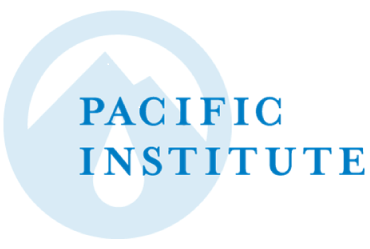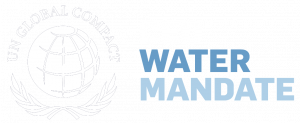
wri.org

Tien Shiao, Ross Hamilton
Pacific Institute
pacinst.org

Christina Copeland
CDP
cpd.net

Kari Vigerstol
The Nature Conservancy
nature.org

Alexis Morgan, Rylan Dobson
WWF
wwf.panda.org
This paper provides guidance, for the first time, on how to set enterprise water targets. The guidance was designed to meet the following criteria:
- Applicability. A successful approach to setting water targets at the enterprise level should be applicable to companies and value chains of any size; to companies in any sector; to companies with different types of sites (e.g., manufacturing, farms, and retail space); and to companies with different levels of maturity in water management.
- Relevance. Water targets at the enterprise level should help reduce exposure to water risks in the sections of the value chain for which water is most material, drive internal and collective actions that contribute to solving shared water challenges, and enable credible measurement and reporting practices at the enterprise level.
- Credibility. The approach, targets, and desired outcomes should deliver value to the company and be trusted and deemed credible by stakeholders.
- Adaptability. Target-setting should be seen as an iterative process, given the changing nature of the catchment context and the value chain’s size and impact. Companies will have to revisit water targets over time to ensure they reflect the company’s priorities, local policies, and changes in catchment conditions.
This working paper is intended for companies, particularly those with many sites in their direct operations or in the broader value chain, that require a robust and credible water target at the enterprise level to help set and publicly communicate a meaningful and credible ambition for water stewardship. It will be most valuable for practitioners with technical or functional responsibility for management of water issues at the enterprise level. The paper introduces a three-step process for setting water targets at the enterprise level (Table 1) informed by
- practitioner experience with guidance meant to help sites set water targets informed by catchment context (UN Global Compact CEO Water Mandate et al. 2019);
- practitioner experience in setting enterprise water targets (Cargill 2020; Mars, Inc. 2019; Putt del Pino et al. 2016; Tyson Foods Inc. 2019);
- input from Stockholm International Water Institute World Water Week participants attending the session titled “Setting Contextual Water Targets: Concept and Application” on Wednesday, August 28, 2019 (SIWI 2019); and
- consultation and review with an expert advisory group (Appendix C).
Each step can be met through a series of actions to ensure that the water targets drive value across any section of a company’s value chain. These steps provide companies with a process for setting and updating targets in response to internal changes across the value chain (e.g., driven by company growth, mergers and acquisitions, divestments, or changes in procurement) and external changes in the catchment context (e.g., driven by changes in the social, environmental, or economic landscape).
Building on the strong business case for action on water, and leveraging existing resources (Beverage Industry Environmental Roundtable 2017; International Council on Mining and Metals 2015; UN Global Compact CEO Water Mandate et al. 2019; Reig et al. 2019), this working paper aims to help practitioners align with the five water stewardship outcomes identified by the Alliance for Water Stewardship (Alliance for Water Stewardship 2019) to further strengthen corporate contributions to meeting the SDGs (Appendix A). By applying the guidance outlined herein, companies can become more responsive to local issues, which in turn can help
- drive continuous improvement across the value chain,
- mitigate risk,
- strengthen the social and legal license to operate,
- ensure business continuity, and
- align corporate action with public policy priorities for water.
Although this working paper does not recommend new disclosure or reporting requirements, it does complement existing efforts (e.g., those by CDP, the Task Force on Climate-related Financial Disclosures, and the Sustainability Accounting Standards Board) by providing companies with a step-by-step approach to set targets that respond to the most material water risks across a company’s value chain. The following sections describe the process for setting effective enterprise water targets.
